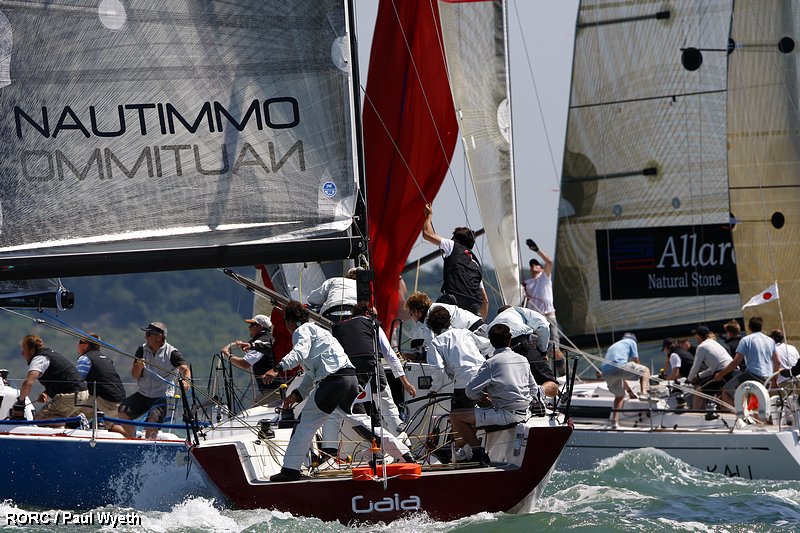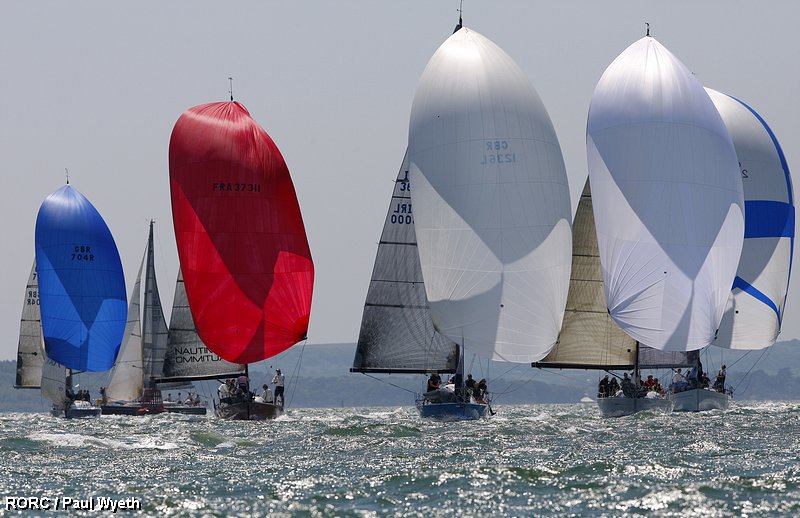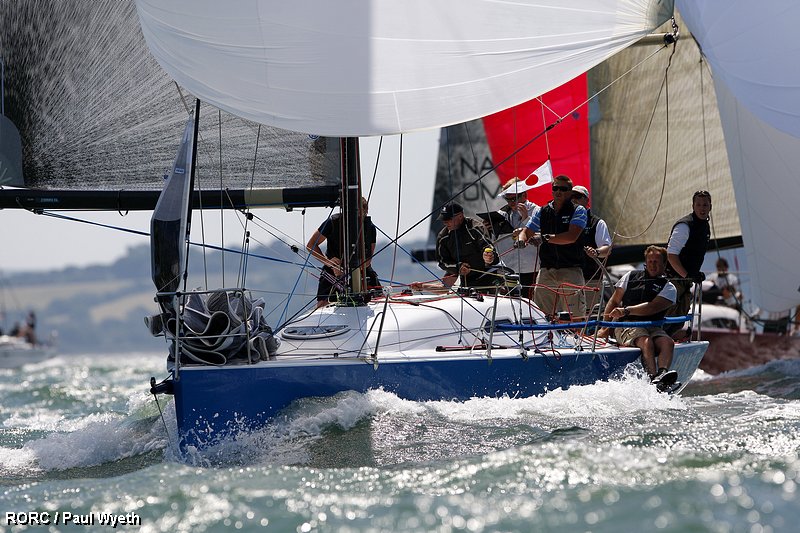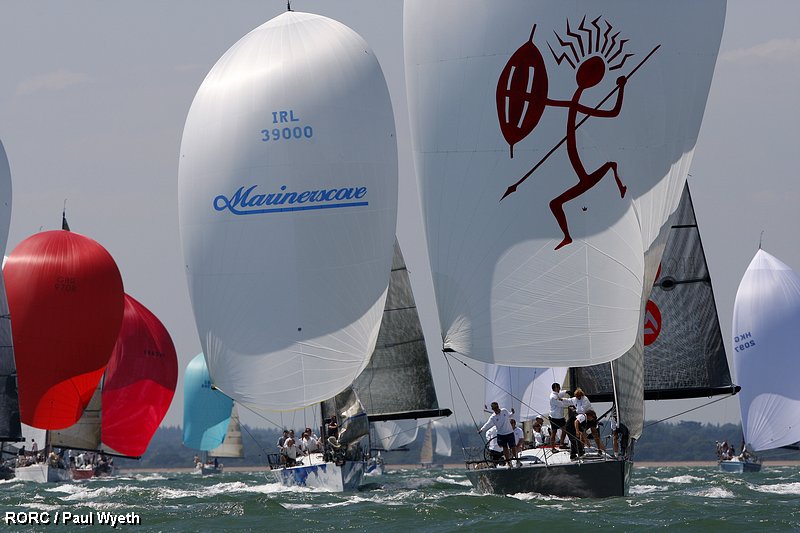Displaying items by tag: roxy 6
One of the most competitive fleets ever assembled enjoyed some spectacular sailing conditions (as Paul Wyeth's photos over the fold show) on the first day of the 2010 RORC IRC National Championship writes Louay Habib.
Charles Dunstone’s TP52, Team Origin Rio, had a perfect start to the championship, scoring three straight bullets in IRC Super Zero. “Rio just lights up in these conditions; it was absolutely fabulous out there today,” commented Charles Dunstone after racing.
There was an intense battle on the water in IRC Zero. Hong Kong’s Rolex Commodores’ Cup big boat, Mills 40, EFG Bank Mandrake, is in pole position after three races. Joint owner, Nick Burns had this to say dockside: “That was pretty hot racing out there. Great fun and fantastic stuff. We were delighted to take two wins but our disappointing last race has left us a bit perplexed. We seemed to lose boat speed upwind and downwind. Perhaps we picked up something on the keel but we really don’t know what the issue was.”
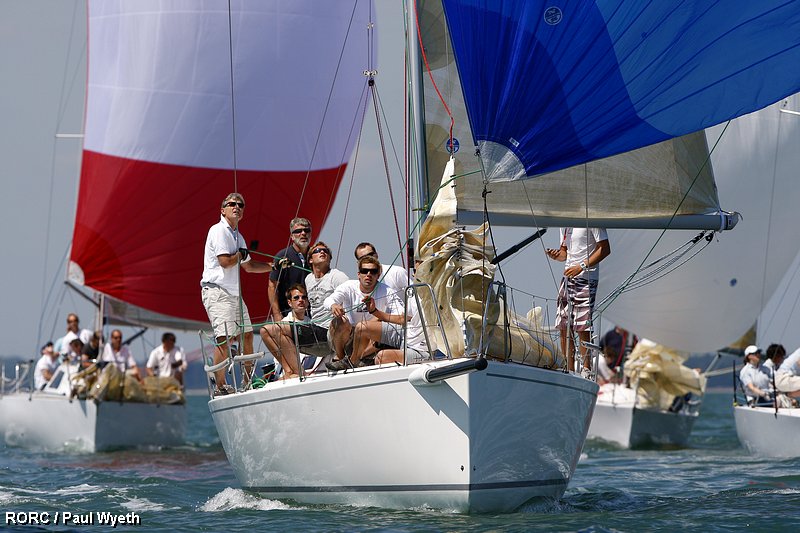
In IRC One reigning RORC IRC National Champion Dave Dwyer’s Mills 39, Marinerscove.ie, got off to a great start winning the first two races, but the last race of the day did not go according to plan. Tactician Andy Beadsworth explains: “The first two races went well for us, we sailed our own race and as the fastest boat in the class we could go our own way but it all went wrong in Race Three. We were too eager at the start and with close to three knots of tide we were over the line and had to go back. After that we misjudged a port-starboard and ended up doing penalty turns. However the recovery was good and we managed to claw our way back through the traffic for a third place.”
Marinerscove.ie leads IRC One after the first day. Peter Rutter’s Grand Soleil 43, Quokka 8, is in second place with Robert Davies’ Corby 36, Roxy 6, in third.
In IRC Two, Marc Alperovitch and Jerome Huillard’s A 35, Prime Time, had a disappointing first race but it was all smiles for the French team after that with two bullets to end the day top of the class leader board. Chris and Hannah Neve’s First 35, No Chance, is lying second over night with Steve Northmore’s A35, Waterjet.co.uk, in third place.
IRC Three may be the smallest class at the championship but virtually the entire class enjoyed a very close squabble in the western Solent. Mike and Jamie Holmes’ J 97, Jika Jika, came out on top after three races. James Morland’s Quarter Tonner, Menace, slipped up in the last race of the day but holds onto second place. Louise Morton’s Quarter Tonner, Anchor Challenge, has a very consistent day and is lying third.
Three races are scheduled for the second day of the Championship today. All of the competitors will be hoping for another fantastic day’s racing in the Solent.
Full results from Day One of the RORC IRC National Championship can be found at www.rorc.org
